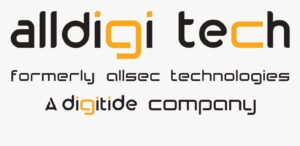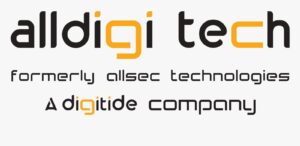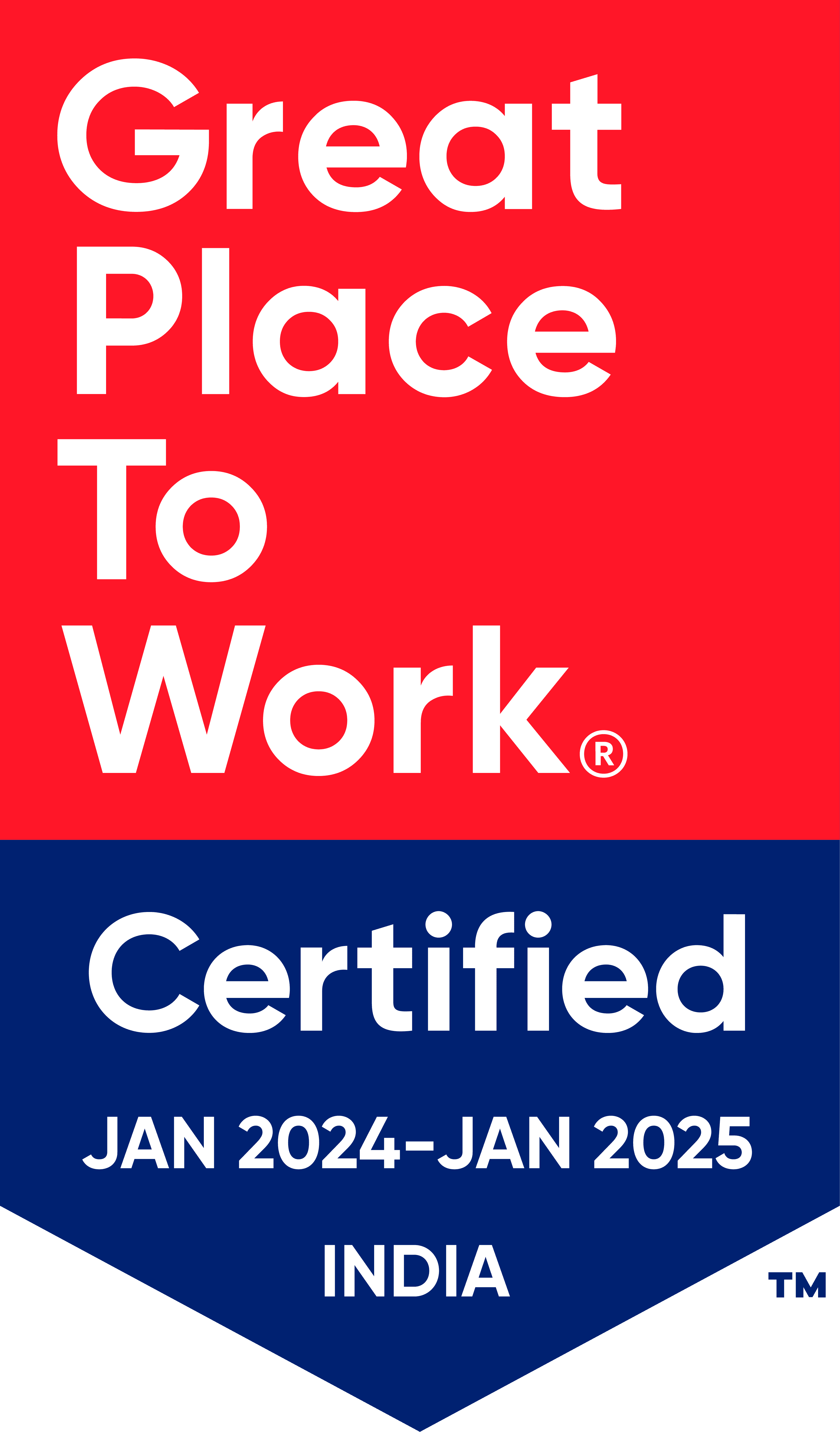
Trends in Corporate Learning and Development
One of the leading metrics of employee satisfaction, is learning and development. Employees consider their workplace as a continuation of their education, but there’s a catch. They want to learn only as much as they want to, when they want to.
On an average, more than half of a workforce feels they aren’t achieving their potential through current methods of training such as MOOC and traditional workshops. The growth of Big Data and Analytics has found a surprising application in what is fast coming to be known as microlearning.
One size doesn’t fit all
Many studies have shown that standardized learning patterns don’t work for everyone. Training has to be tailor made to suit different schools of thought and different paces of learning. Additionally, with hectic workdays taking up most of their time, employees only have small breaks that they can dedicate to learning.
Content creators need to understand the pitfalls of off-the-rack solutions and create bite-sized chunks of information that can be quickly and efficiently digested.
Analyzing the learning curve
Some best practices that are increasingly adopted in organizations include blended learning, mobile adaptation and extending reach through partnerships. These practices are further defined below.
- Blended learning: The modern workforce is used to cloud-based services and information on demand. Therefore, they expect a flexible option when it comes to training as well.
- Mobile adaptation: Millennials have a greater affinity for handheld devices, making it imperative for content to be made available in multiple formats.
- Extending reach through partnerships: Social media has brought experts and employees closer than before. Instant engagement metrics can provide immediate feedback.
Analytics play a major role in tracking every employee’s personal growth, especially in a system that allows for individual, independent learning. Technology advancements like machine learning also aid in understanding and matching learning patterns.
Workforce management
The key to a successfully engaged workforce is to leverage the technological potential of HR solutions. A completely cloud-based platform with dedicated Employee Self-Service not only accounts for routine back end functions like payroll, but can also keep all the entire organization involved in the well being of every individual.
While it is good to get feedback from employees and regularly update curriculum and offerings, content creators must be able to distinguish between what employees want and what they need.
Another advantage of a platform based solution is that the learning process can even be automated. For example, an internal module can send phishing emails to gauge the penetration of security protocols training. In the event that an employee unwittingly clicks on any such email, they can be automatically signed up for another session.
The final word
Teaching trends need to adapt to learning trends. Expecting employees to take a few hours out of their busy work schedule to learn something that will only be relevant a few months down the line is now an unreasonable ask.
Instead, technology can aid in giving them the best learning experience while you create innovative ways to keep your workforce engaged.



